
Except for computers and telephones, perhaps, there is no better way to illustrate how much the world changed between 1970 and 2017 than these two cars, the Porsche 917K and 919 Hybrid. Both outright Le Mans 24 Hour winners, these two cars, separated by 47 years, represent Porsche’s first outright win at La Sarthe and its last. Well, last so far.
By 1970 Porsche had been a regular at Le Mans having entered a car in each of the preceding 19 races and taking home class wins as well as the quirky Index of Thermal Efficiency award. But none of those titles have the status of a proper podium top spot, and Porsche was determined to cross the line first; it just needed something to unsettle Ford and Ferrari who dominated the sport at the time.

Then, in the late 60s, the sports car governing body, the Commission Sportive Internationale (CSI), had a rethink about the rules. To stop the top-level prototype racers from becoming too fast, the CSI would cap the engine capacity to 3.0-litres for the 1968 season. However, as many manufacturers wouldn’t have new cars ready in time for this rule change, the CSI allowed Group 4 cars, of which 50 cars needed to be produced to be eligible, to have 5.0-litre engines. It assumed no one would go to the extent and vast cost of developing a brand new car for this class, as well as the numerous extra cars needed to allow it to enter.

The CSI was right, no one really did, so it reduced the number of cars needed to 25, but still didn’t expect many to take part. What the CSI didn’t understand was just how desperate Porsche was to win Le Mans. Porsche Motorsport, led by Ferdinand Piëch, decided to develop a whole new car and engine to take advantage of the new rules. Engineer Hans Mezger was given the task, and he and his team created the 917 with its air-cooled 4.5-litre flat-12 engine. But Porsche wasn’t the only ones to surprise the CSI; Ferrari spotted the opportunity too and created the 512S.

To react to the new regulations quickly, the 917 suffered from a truncated development. The first cars in 1969 were notoriously tricky to drive and were aerodynamically unstable. Part of the problem was the short airfield Porsche had tested the car; the 917 could only reach 175mph (281km/h), not fast enough to reveal the car’s real issue. During races, the drivers were exceeding 200mph (321km/h) and the car behaved very differently. Still, the 917 showed glimmers of potential, including a win at the 1000 km Zeltweg race, so development continued.

For 1970, Porsche partnered with British engineer and team manager, John Wyer. Wyer and his team, who understood aerodynamics well, turned the Porsche into a much more stable racer. The front bonnet was modified and rear bodywork cut short with flicks above both rear wheels. With its new short tail, or kurzheck in German, the Le Mans-winning 917K was created.
Another car was also developed from the original 1969 917. Robert Choulet from the Société d’Études et de Réalisations Automobiles created a more streamlined version which was called the 917LH, for langheck (long tail). Two LHs entered the 1970 Le Mans race, and one finished second.

Despite its new-found stability, success for this 917K was not guaranteed. Hans Herrmann and Richard Attwood, the drivers of car #23 qualified in just 15th place, while its top speed down the Mulsanne was ‘only’ around 215mph (346km/h). That was at least 15mph (24km/h) slower than the fastest cars, although later 917s with larger capacity engines would reach close to 240mph (386km/h).


In 1970 the weather was poor too, and the rain found its way into the Porsche’s electrics creating misfires. The drivers had to keep the engine’s revs higher than they would have liked, especially when driving in the rain, to generate heat in the engine bay and dry out the damp ignition. Yet after 343 laps, and at one point being 10 laps behind the lead, Herrmann and Attwood had kept their car running, avoided any accidents and brought their 917K home in first place.

You’d have thought that after rushing the 917 project almost half a century before, Porsche would have learnt that short incubation periods for its race cars were problematic. But for 2014 Porsche hastily created a new WEC LMP1 car from scratch.
Okay, not exactly from scratch. This is Porsche after all, which at the time had 16 Le Mans wins under its belt and a highly competitive GT car programme. But this was its first time it had built a hybrid endurance racer, and because it is Porsche we’re talking about, there was an almighty weight of expectation on the team and an almost unblemished reputation to uphold.

The resulting car was the first iteration of the 919 Hybrid, a car that paired a turbocharged 500bhp 2.0-litre V4 engine with a 400hp Motor Generator Unit (MGU). As well as sending drive to the front wheels, the MGU feeds the onboard lithium-ion batteries with energy when the car is braking. The internal combustion engine doesn’t simply just drive the rear wheels either, it contributes electrical energy into the batteries too. As well as the conventional turbocharger in the exhaust system, there’s a second turbine. Kinetic energy from the supplementary spinning turbine is turned into electrical energy the whole time the engine is running. That means, unlike its competitors’, the 919’s batteries don’t have to wait until the car is braking to receive a top-up.

In 2014, its first year in competition, the 919 Hybrid brought home a respectable result at Le Mans, qualifying second and finishing 11th. Like the 917 it showed potential and development charged forward. The 919 Hybrid returned lighter, more aerodynamic and more efficient each year and won the 2015, 2016 and 2017 24 Hours of Le Mans. In the process, it also acquired three WEC titles, 17 race wins (including seven 1-2 finishes), 20 pole starts, and 13 fastest laps.

Not to mention the 919 Evo that was unleashed after the car’s official retirement from racing. The Evo is a version of the 919 Hybrid unshackled from any power- and downforce-restricting regulations, that set about breaking lap records all over the world, including a Nürburgring Nordschleife time of 5:19.55.

Those headline figures, although impressive, don’t tell the whole story; that last Le Mans sucess by this 919 Hybrid was not all plain sailing. Toyota was favourite to win from the start, and its chances looked even better when just over three hours into the race the #2 919 driven by Timo Bernhard, Brendon Hartley and Earl Bamber had to pit with front end energy recovery issues. Over an hour later and a whole new front axle, suspension and everything, the Porsche was 18 laps behind the front-running Toyota.


During the night, two of Toyota’s cars suffered all sorts of issues and dropped out of the race. Leaving the #1 Porsche in a comfortable lead, 15 laps ahead of a pack of LMP2 cars. The #2 919 wasn’t even in the top five.
With four hours left of the race, #2 had fought up to third place but was still 11 laps behind the LMP2 Oreca in front. Then the #1 919, still out in front, generated a problem and was forced to pull up and retire in woods on the Mulsanne straight. That left Bernhard, Hartley and Bamber’s car as the only Porsche in contention to win. Bernhard took the lead 22 hours into the race and powered to the end, just one lap ahead of the second-place LMP2 car.


The similarities of these car’s Le Mans stories only really confirms that endurance races are hard-won, whether it’s with a new or proven car. But despite their age – and the fact one is shaped by a little bit of luck and experience, and the other simulations and science – you’re still able to spot common links between the two. The curved, raked wraparound windscreen and cockpit shape haven’t changed dramatically, and the black wheels wrapped in the smooth clean round edges of the tyres both have a very purposeful look. And, although they protect two wildly different looking lamps, the perspex covers over the headlights of the 919 could easily be a retro design cue taken from the 917.

Peer around the 917K, poke your head under its short tail, nose into the cockpit and you’ll come to the conclusion that its approximately 90% engine and 8% tyre. The final 2% is the flimsy-looking frame and almost see-through bodywork, which is actually 1.2mm thick fibreglass.

Safety was not high on the agenda when creating the 917; it wasn’t really a thing in motorsport at the time. But there is one element of this Porsche that could be considered quite an innovative safety feature. Although there are tents with thicker tubular structures than the 917, the frame is filled with compressed gas and there is a dial showing the pressure. If the needle drops, it shows there is a crack in the frame and the chassis is compromised.

There’s no polite nod to safety in the 919. Oh no. Instead, there are swathes of carbon fibre creating a tough cocoon of bodywork right up to your eyeballs, webs of seat belts, a seat that hugs you in all the right places, intercoms, water supplies, even air-con. It’s not just designed to be safe, it’s made to be comfortable too. Comfortable so that drivers can stay alert for longer and therefore drive faster and, you guessed it, more safely.


You’d hardly call the inside of a 919 hospitable, though. The steering wheel is festooned with so many colours, numbers and buttons that it looks like an expert-level Bop-It toy. But there are an unbelievable array of systems the driver needs to be able to control: traction control (different for both axles), ABS, brake balance, energy recovery, pit lane limiter… and they all need to be thumb’s reach away.


To no great surprise, there’s nothing on the 919 Hybrid as beginner as that. Well, if you can unearth any of the mechanical elements, that is. Its compact V4 is nestled deep below aerodynamic bodywork, and you’d struggle to find the MGU even if you knew what one looked like.
There may be a very faint family resemblance, but there’s more that separates these two cars than unites them. Yet there’s one strong element that they both have in common, just how terrifying they are. The 919 is frighteningly complicated, while the 917 is just plain frightening.
Will Beaumont
Instagram: will_beaumont88
Photography by Porsche, Remi Dargegen & Mark Riccioni

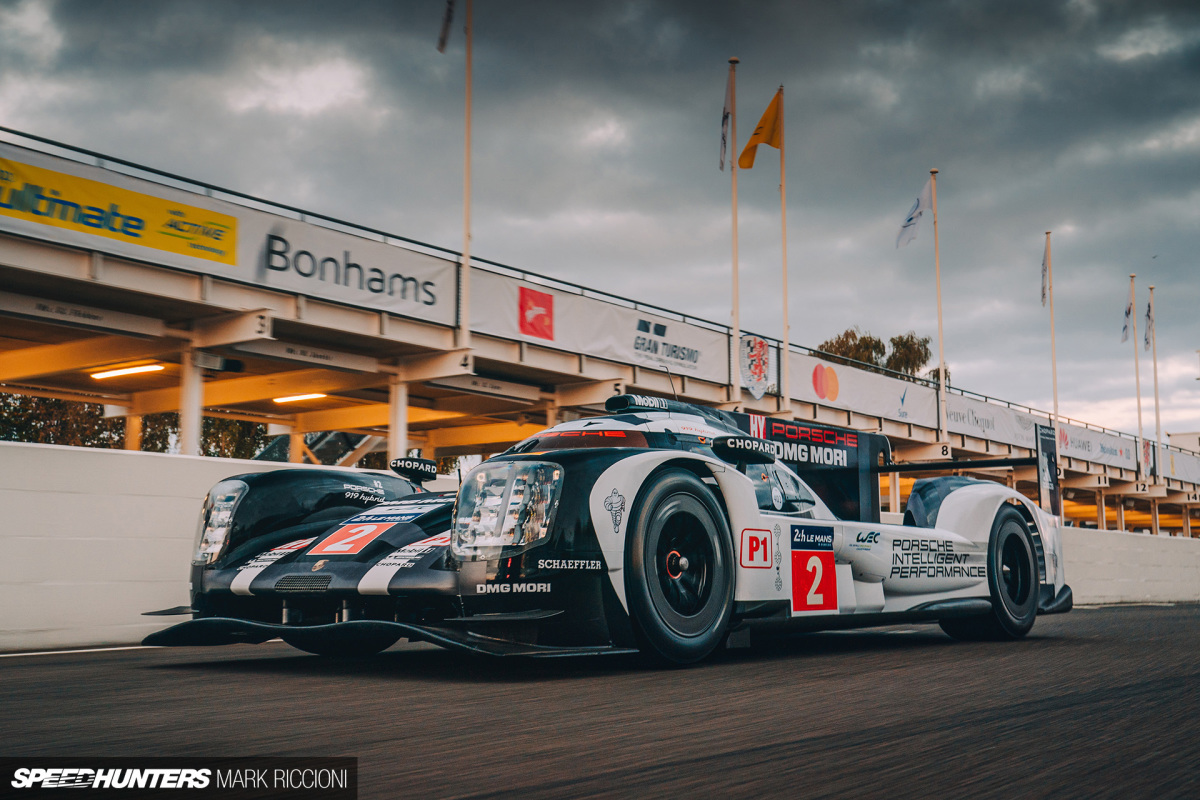
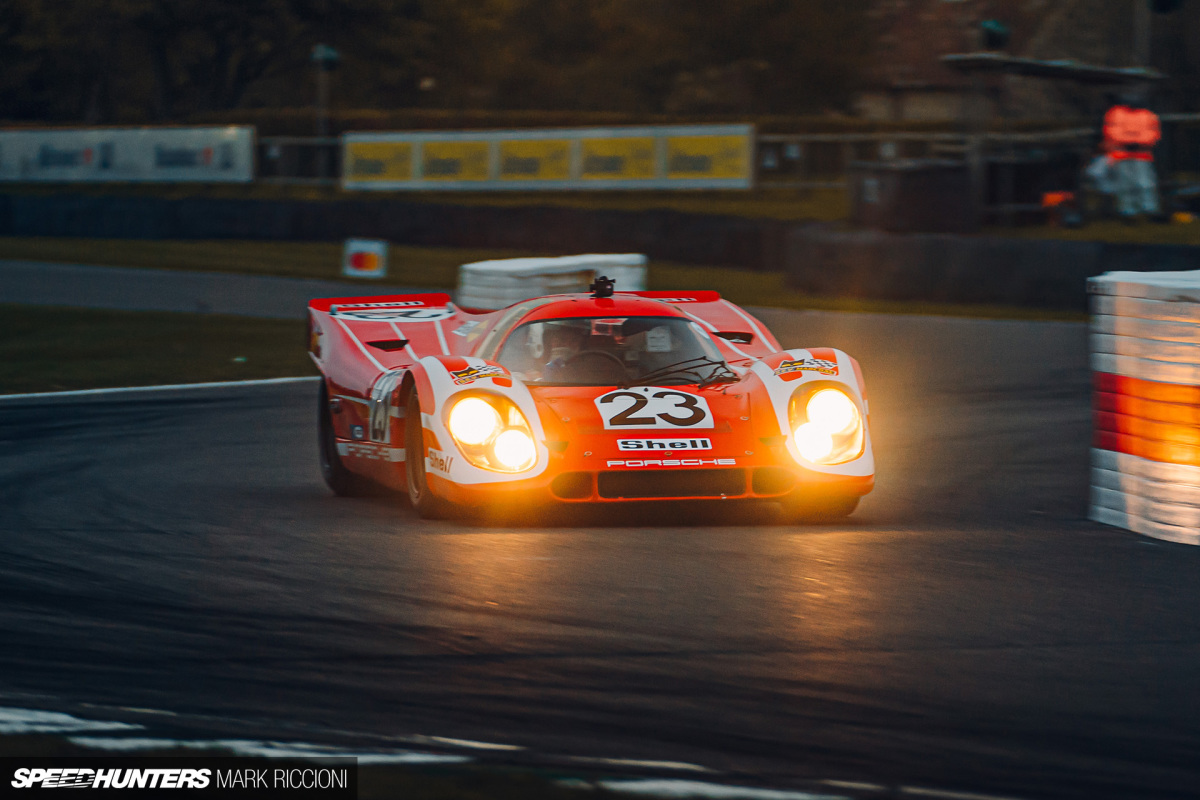



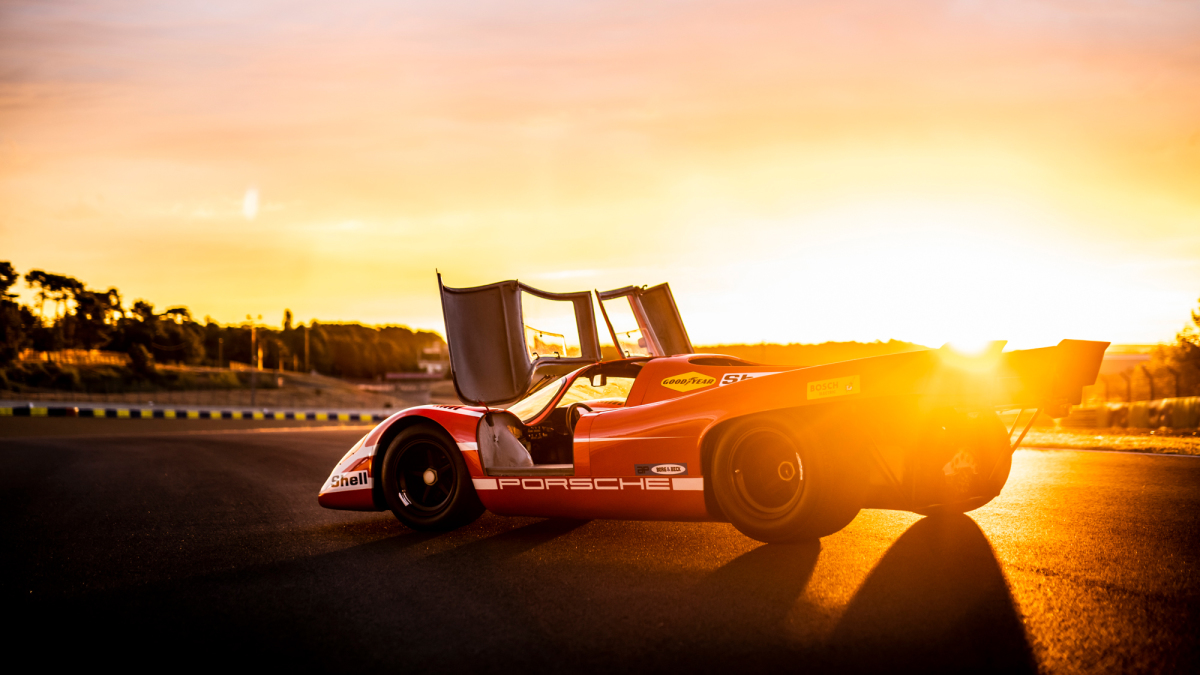
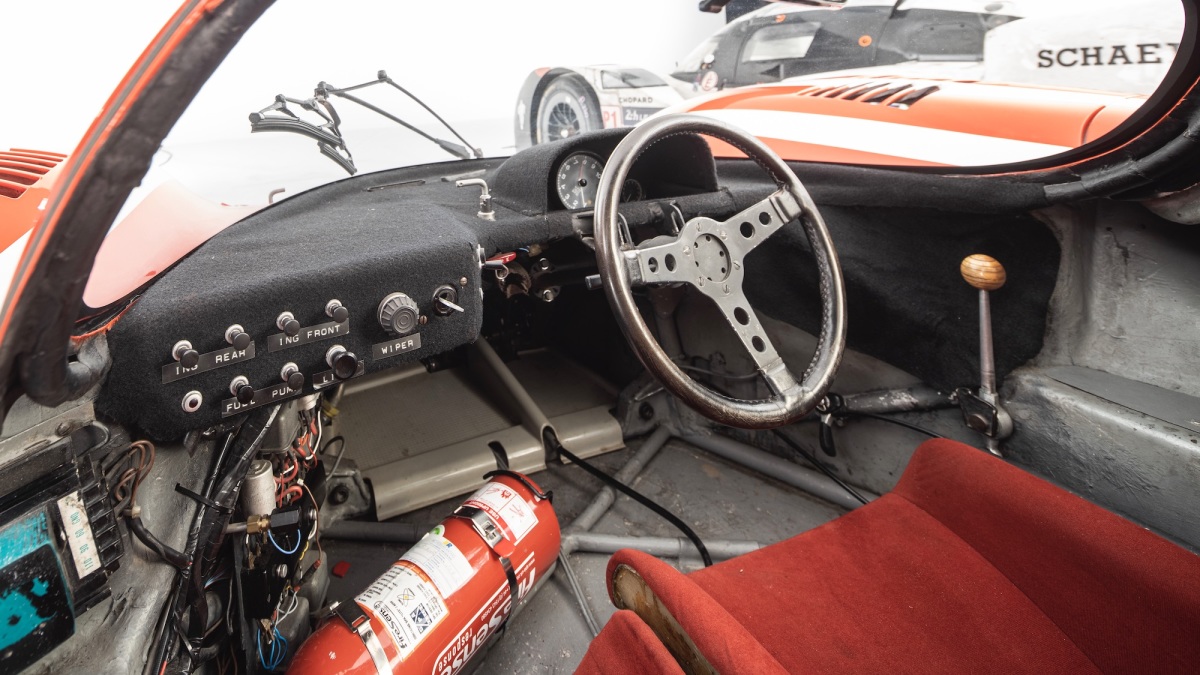
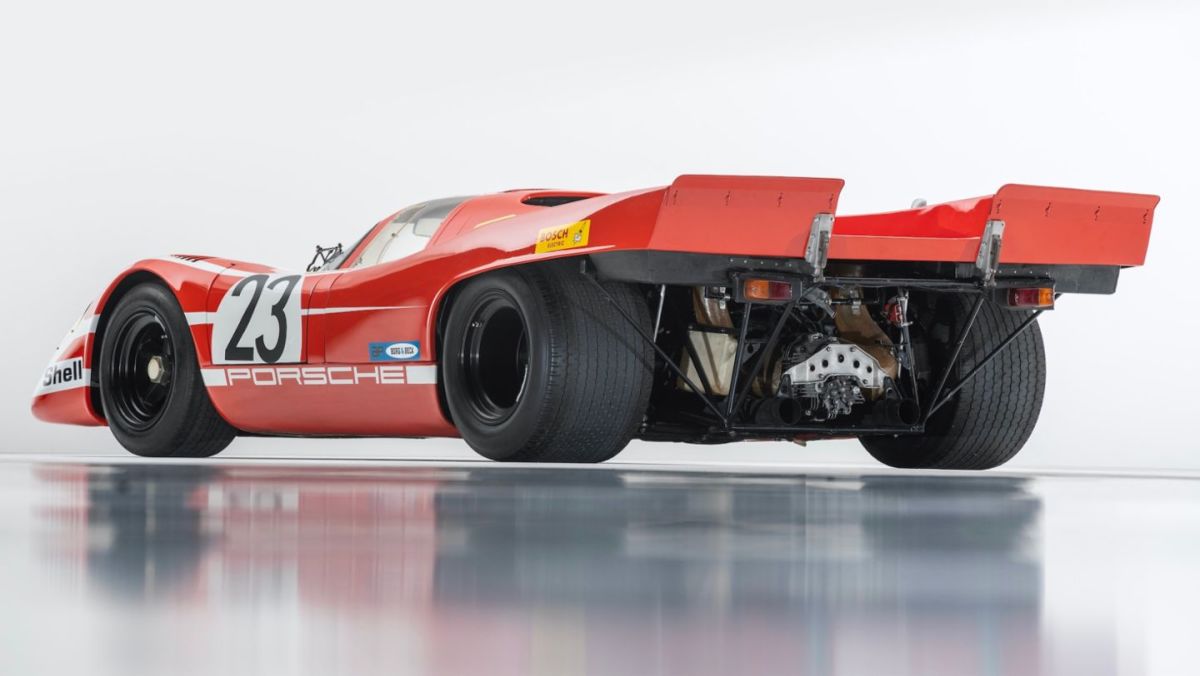
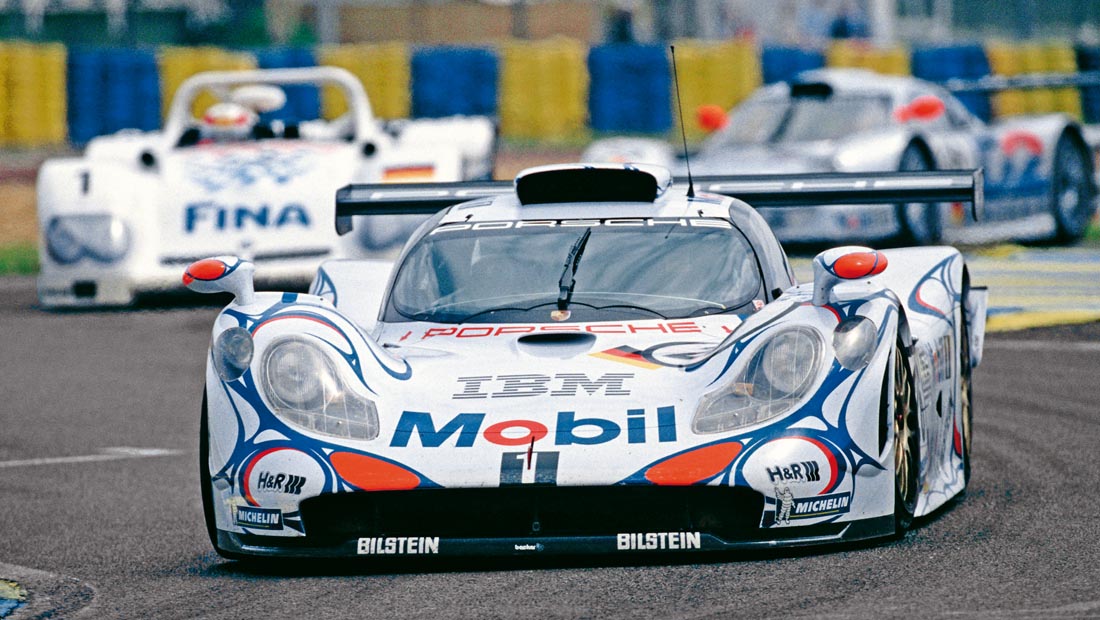
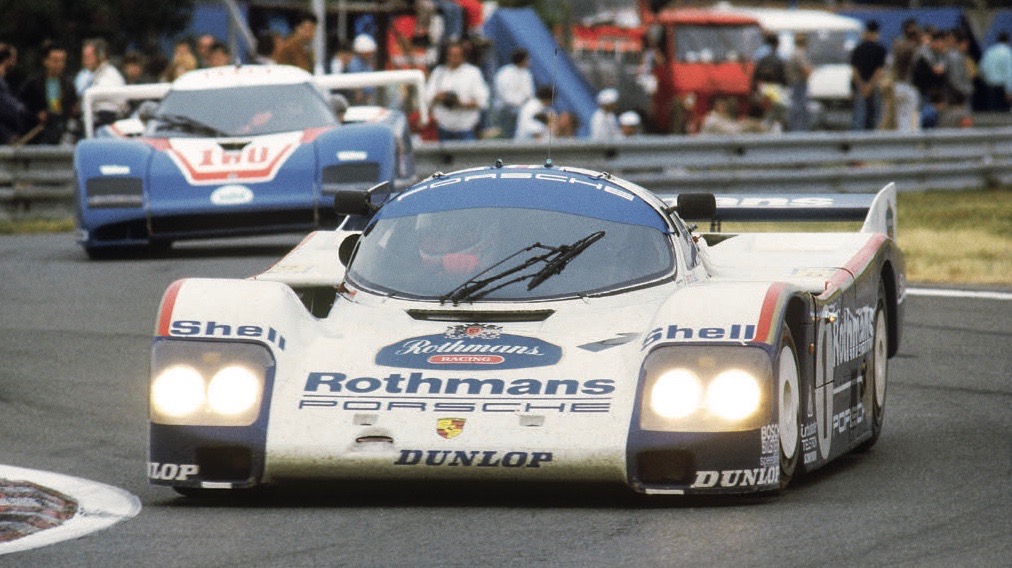
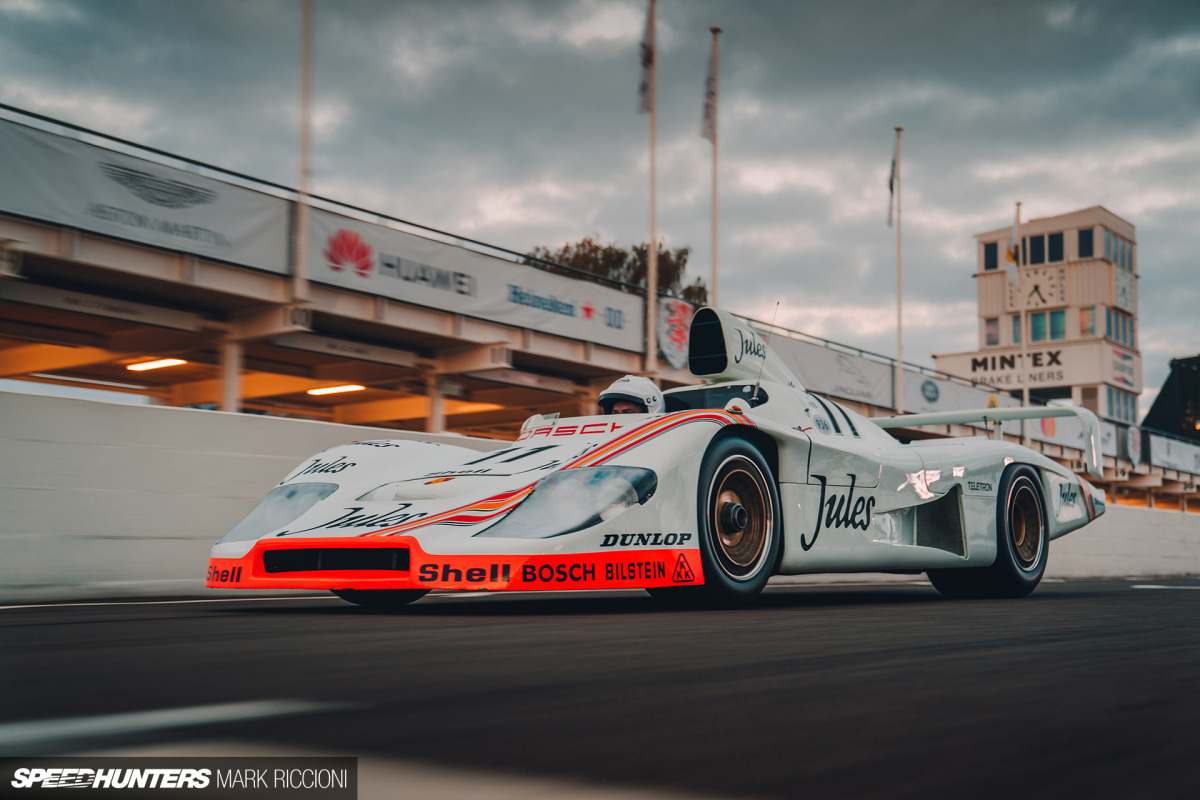
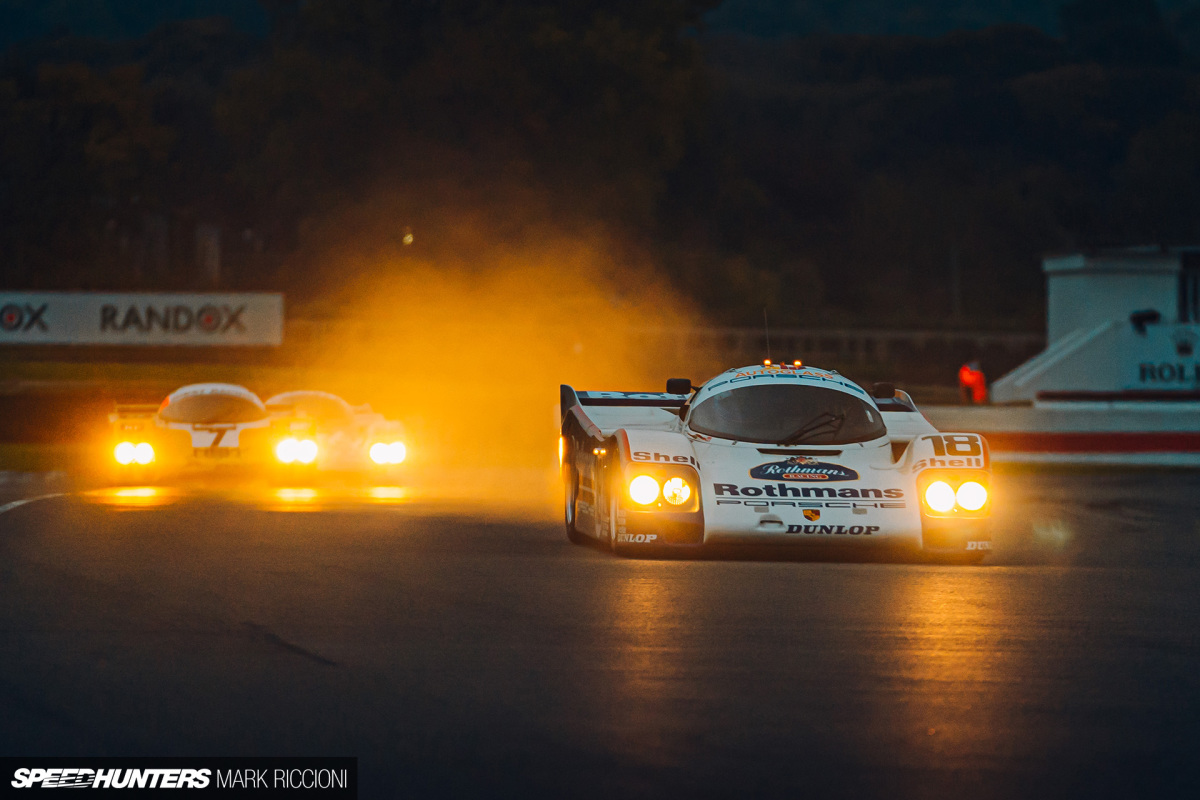
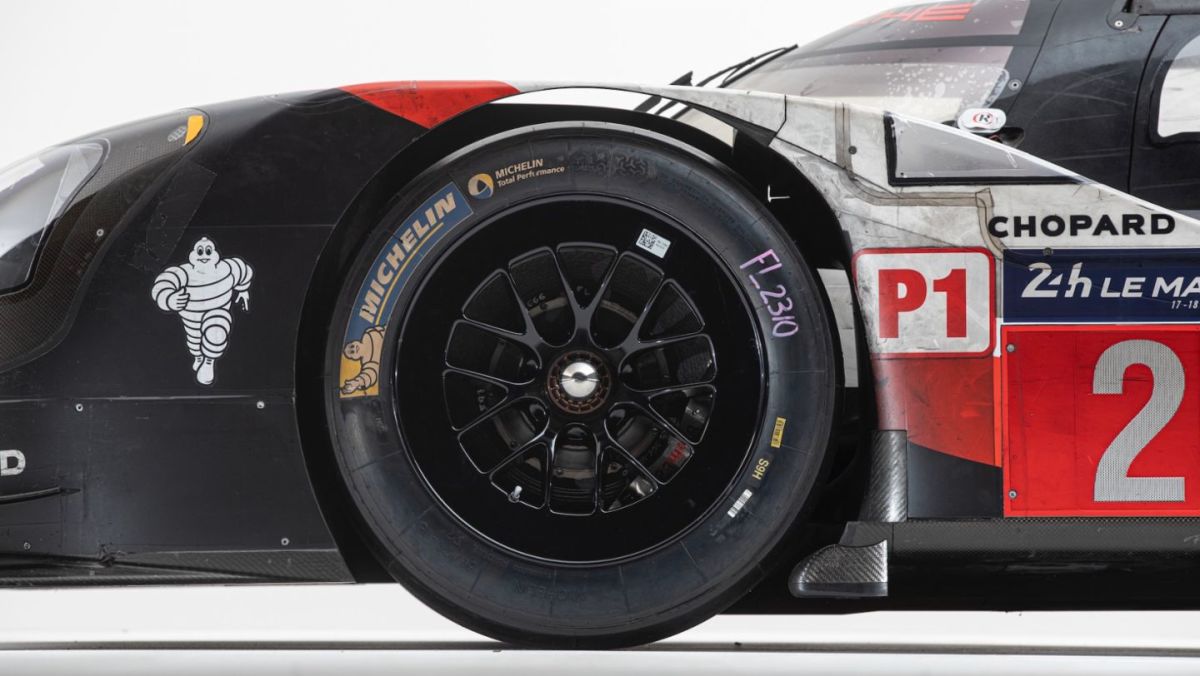
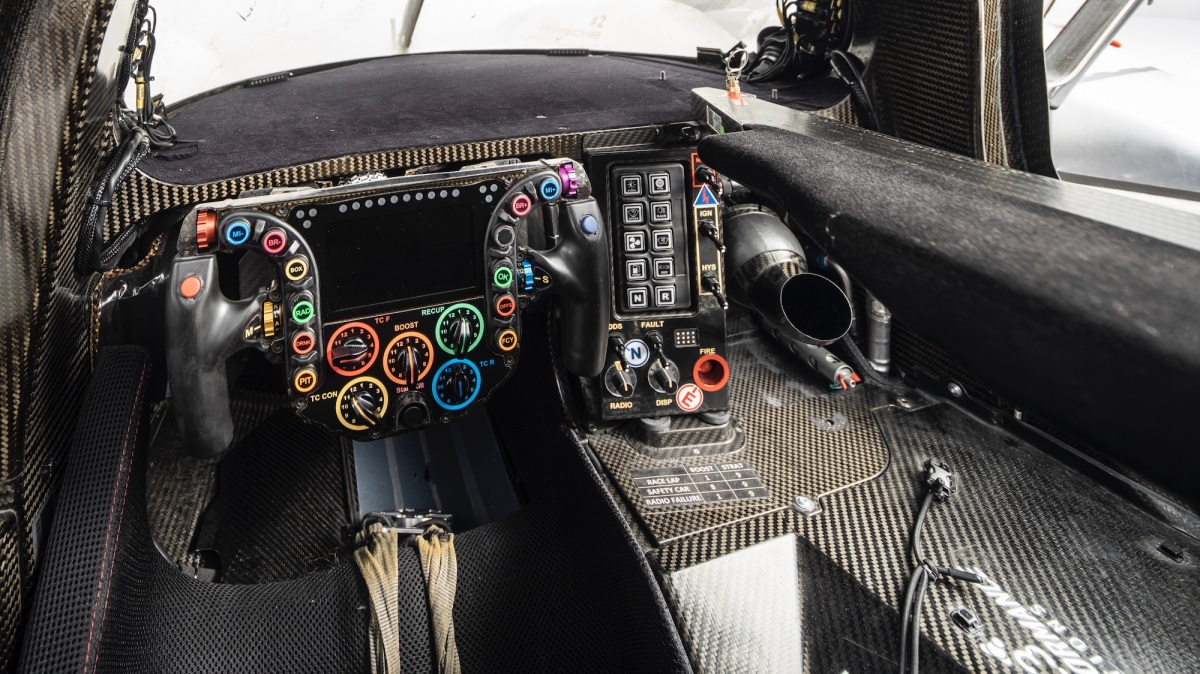
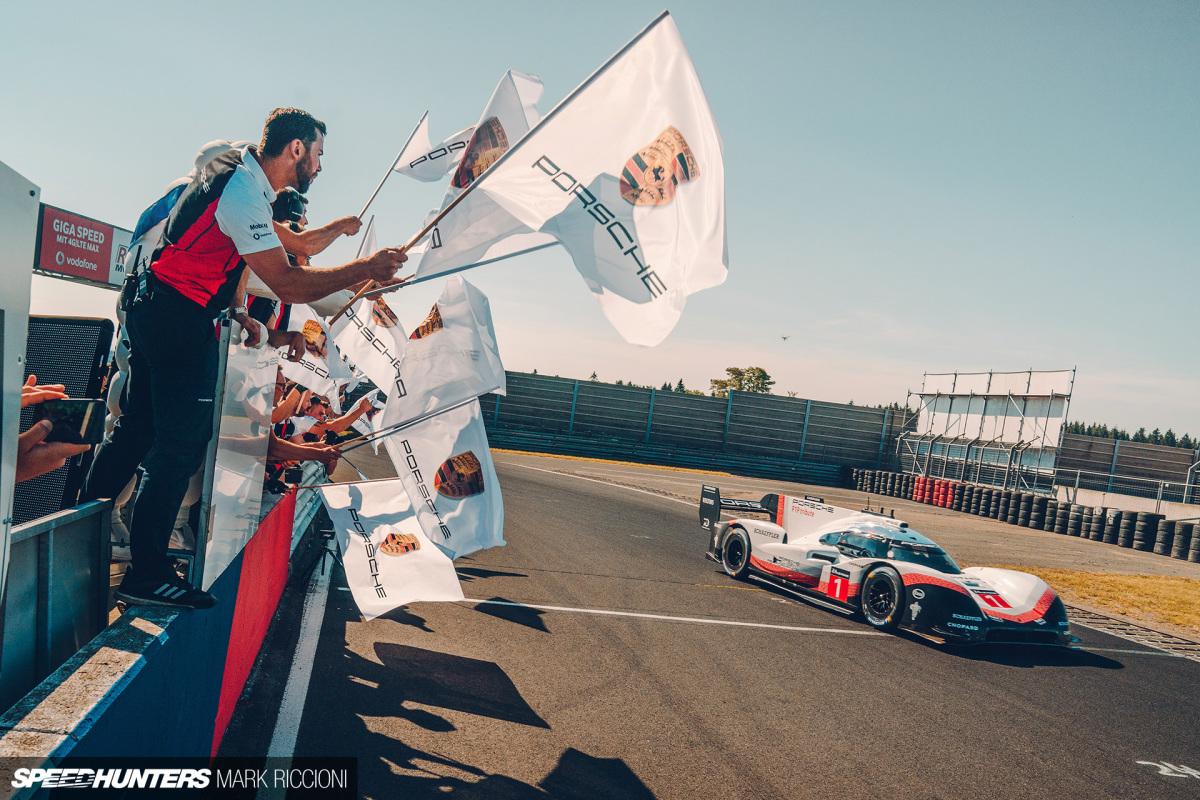
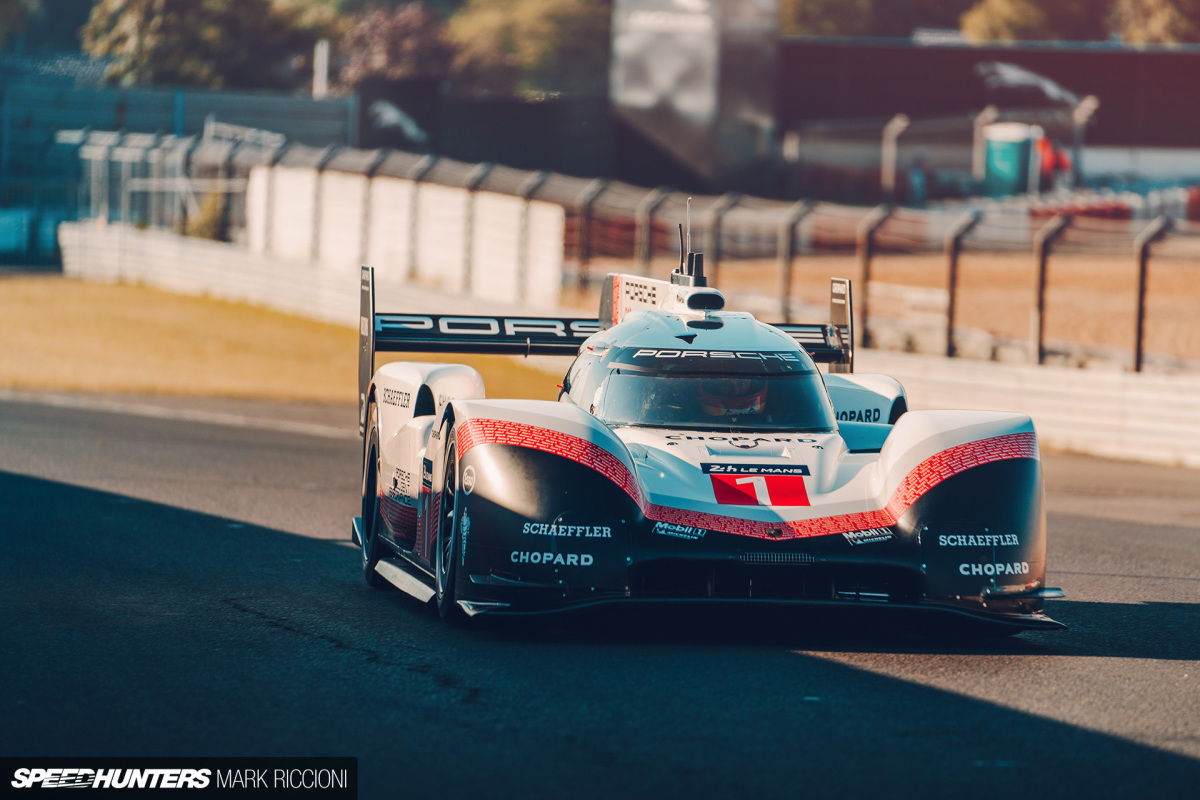
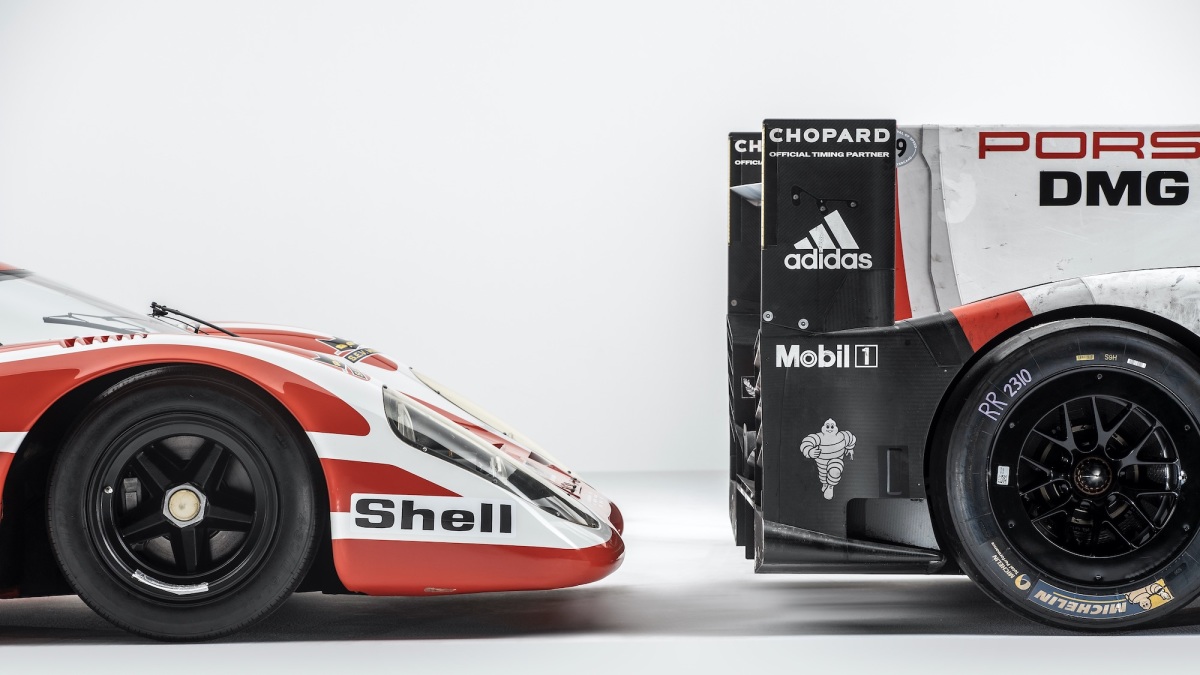
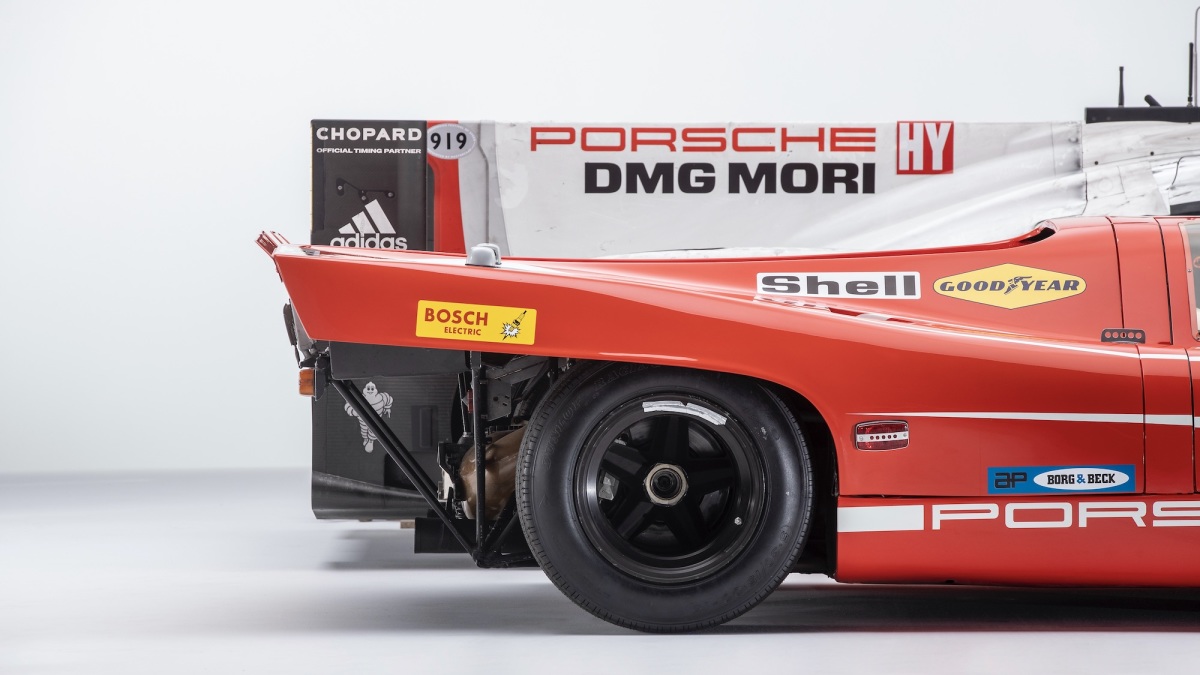
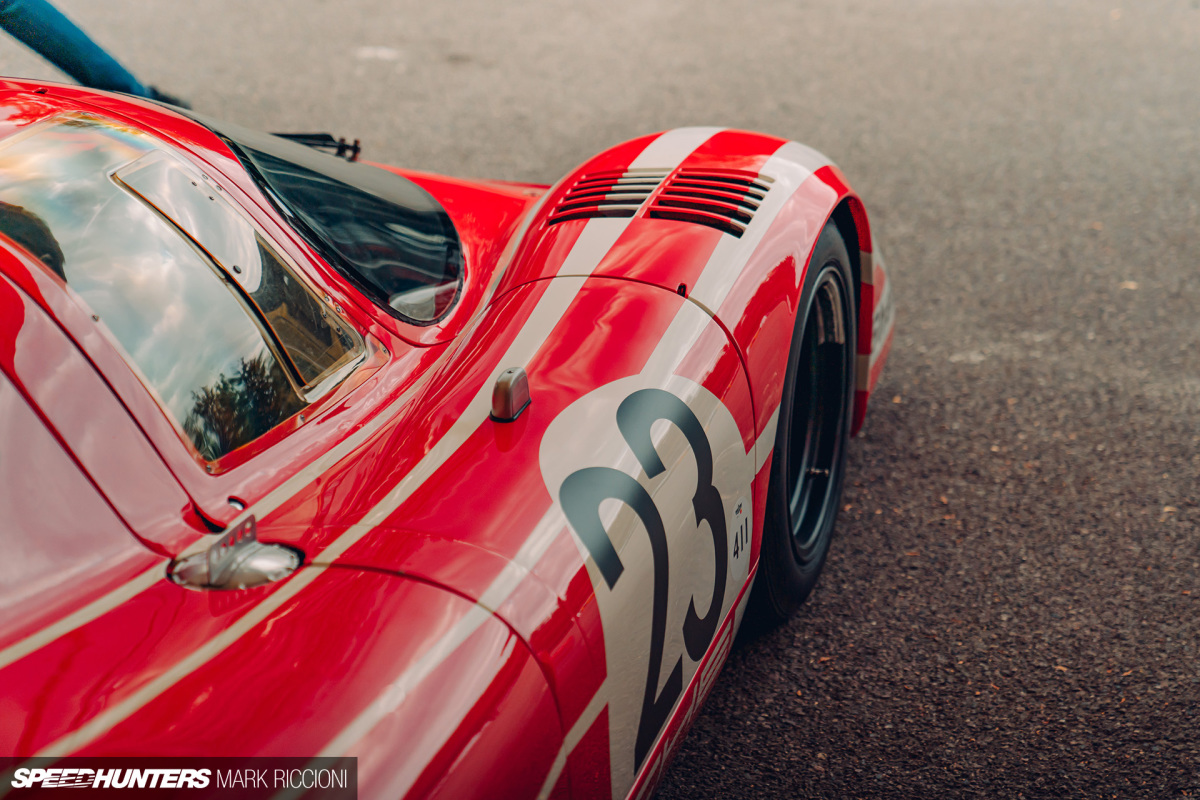
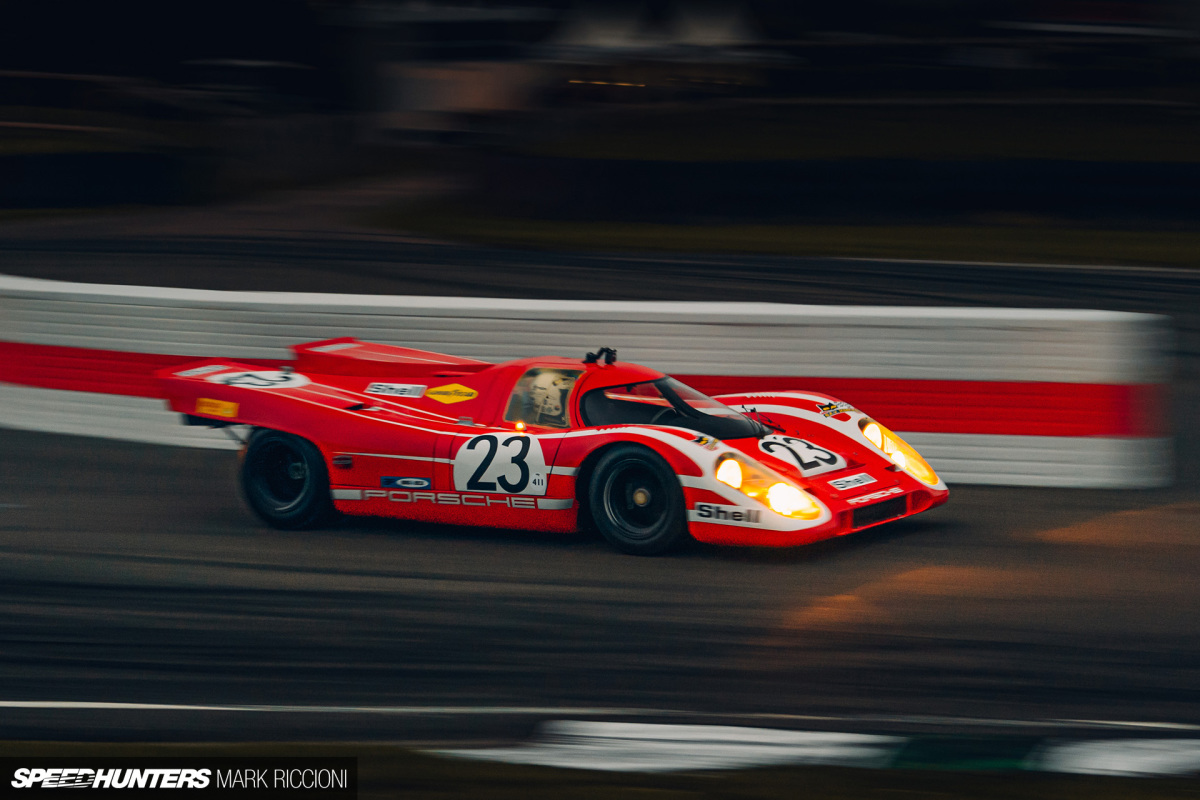
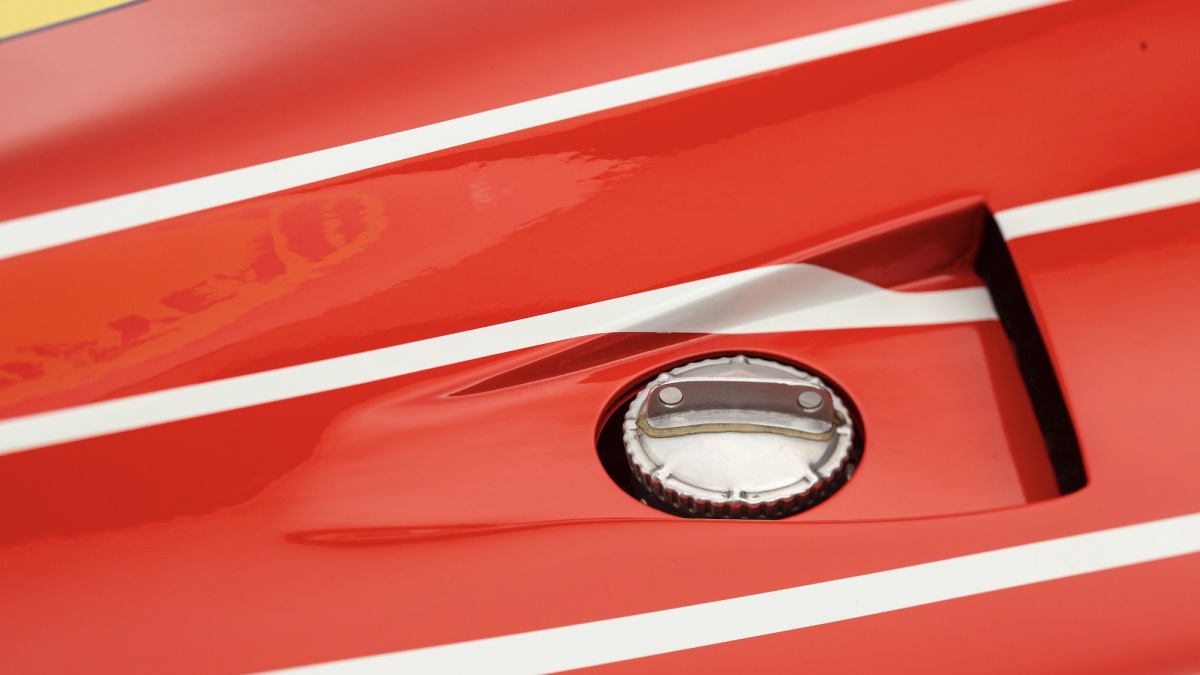
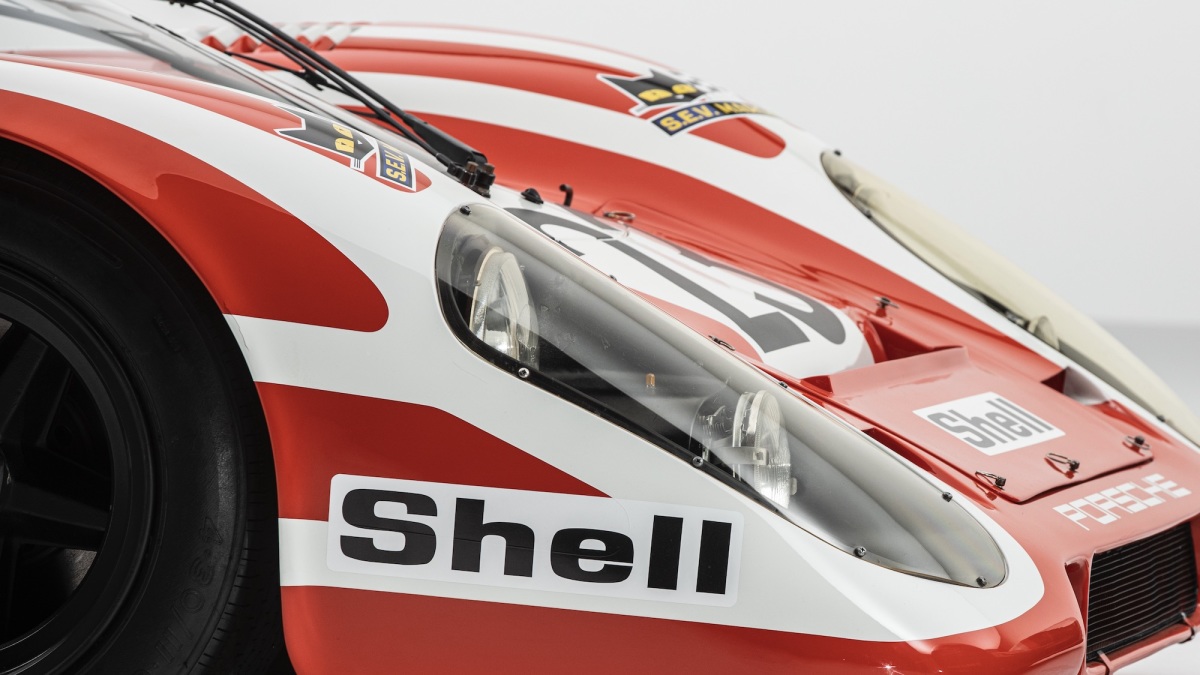
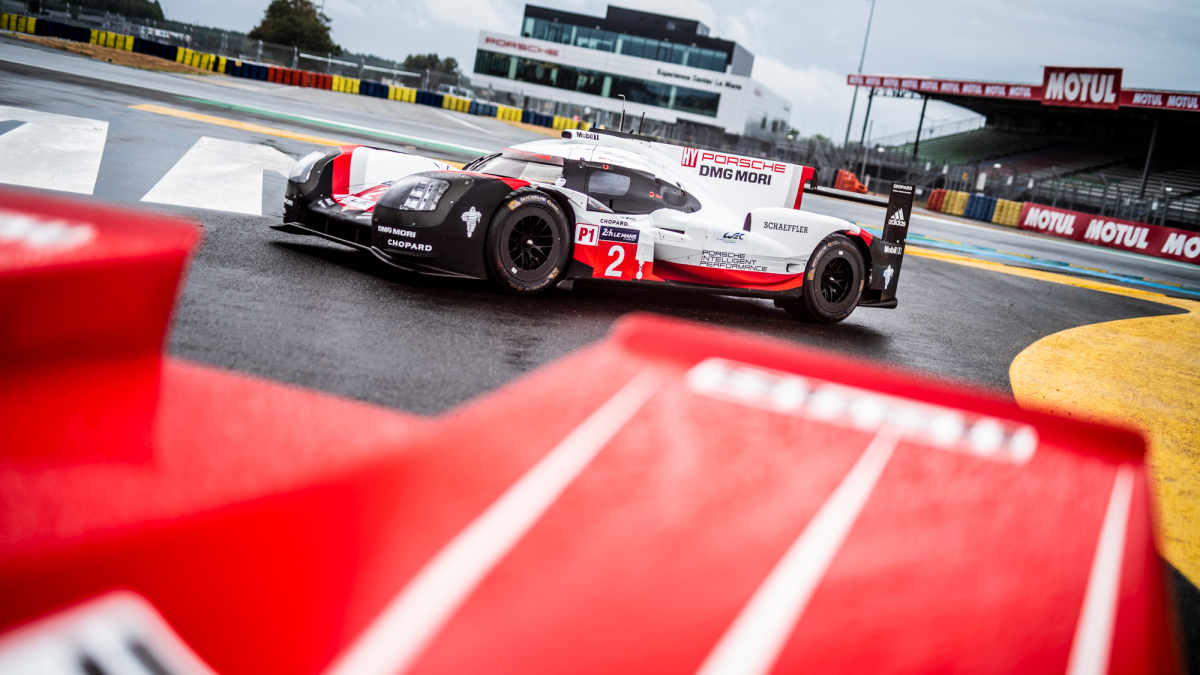

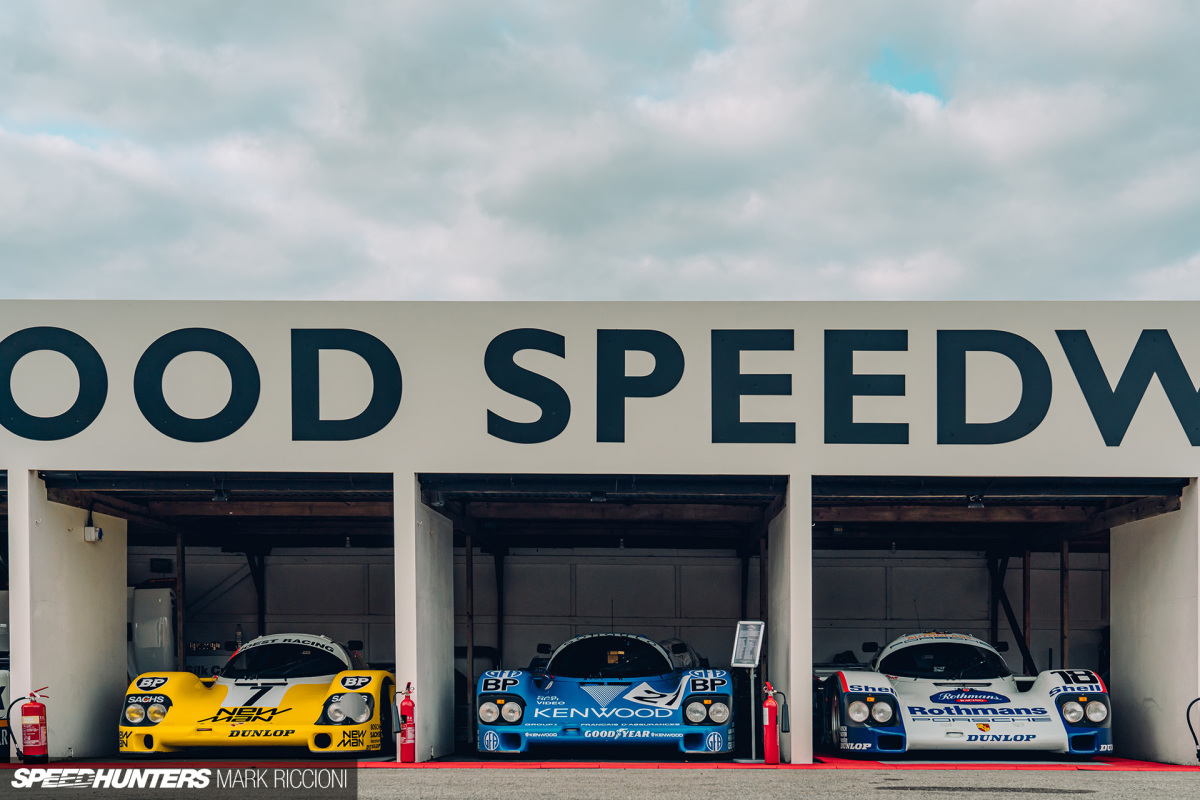
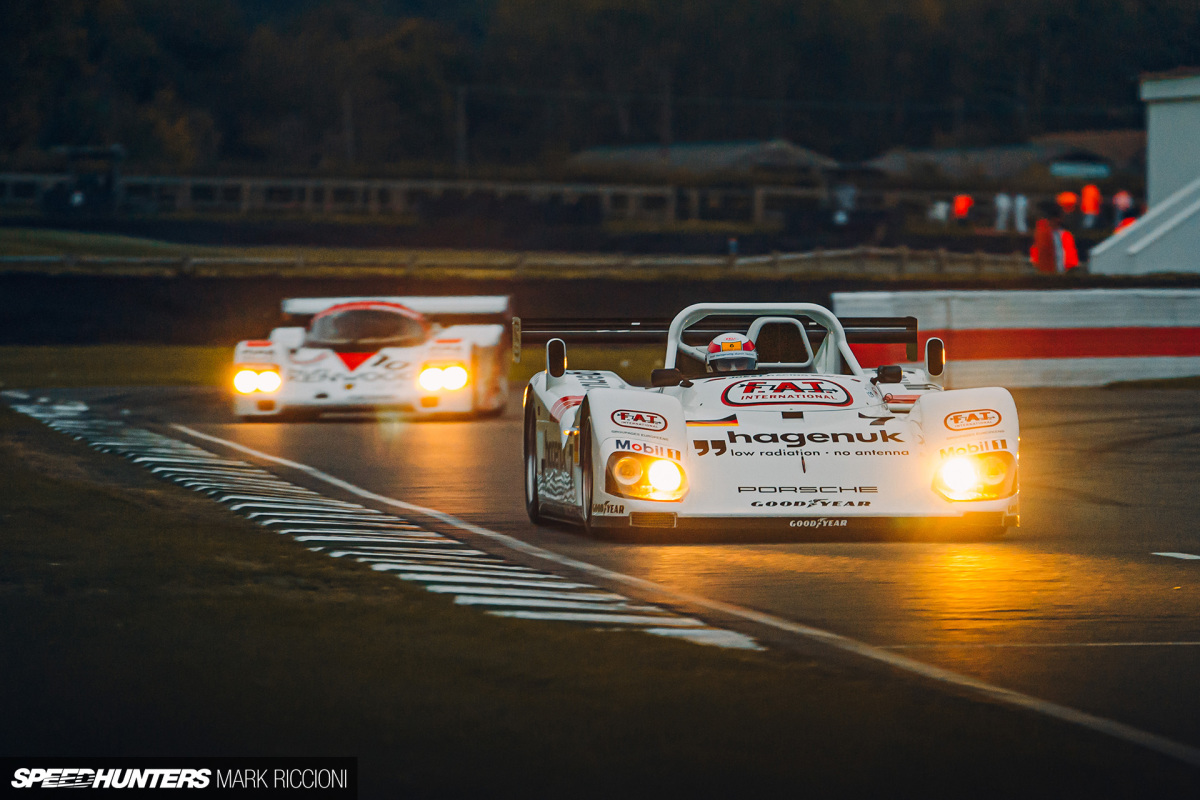
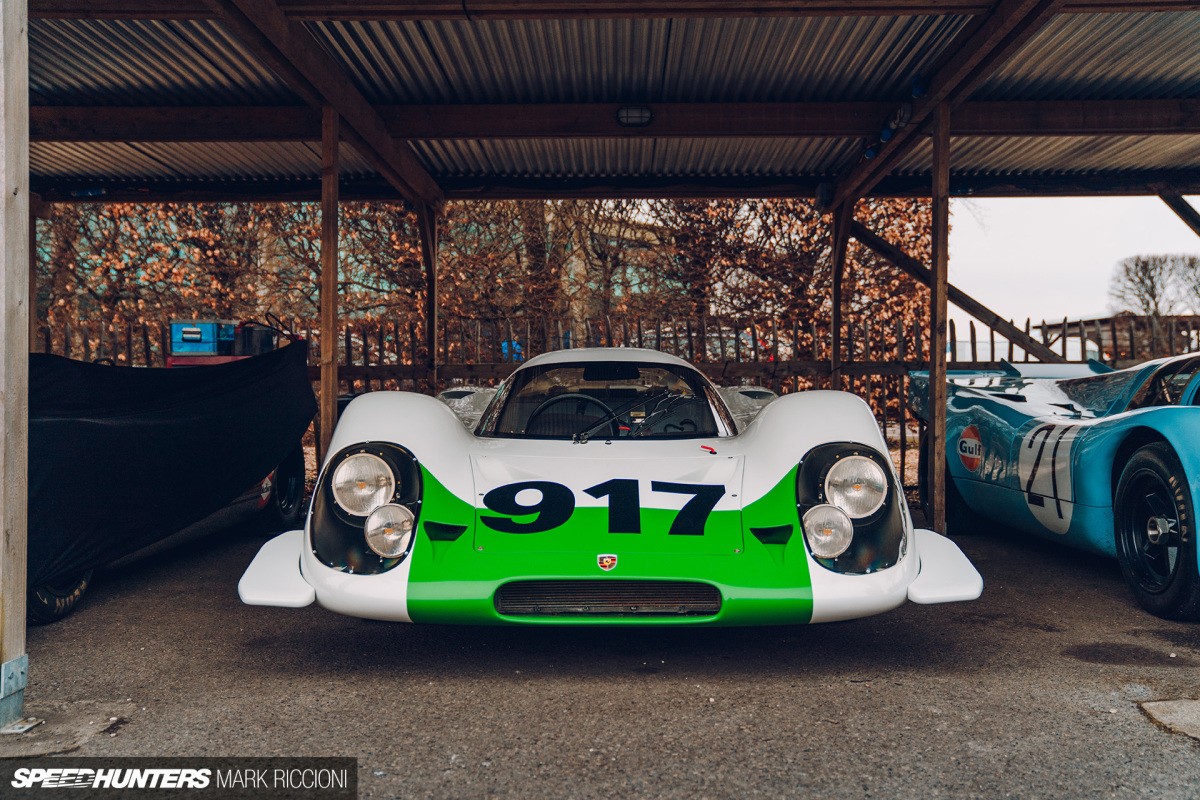
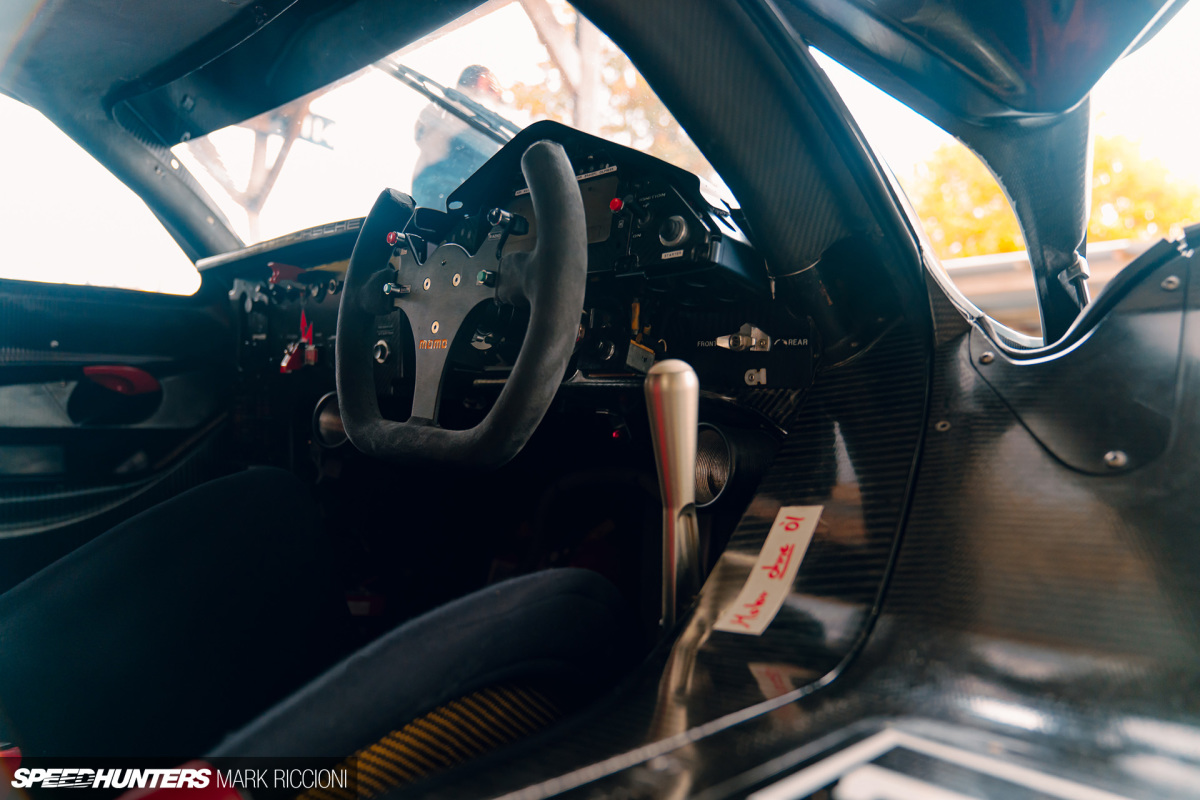
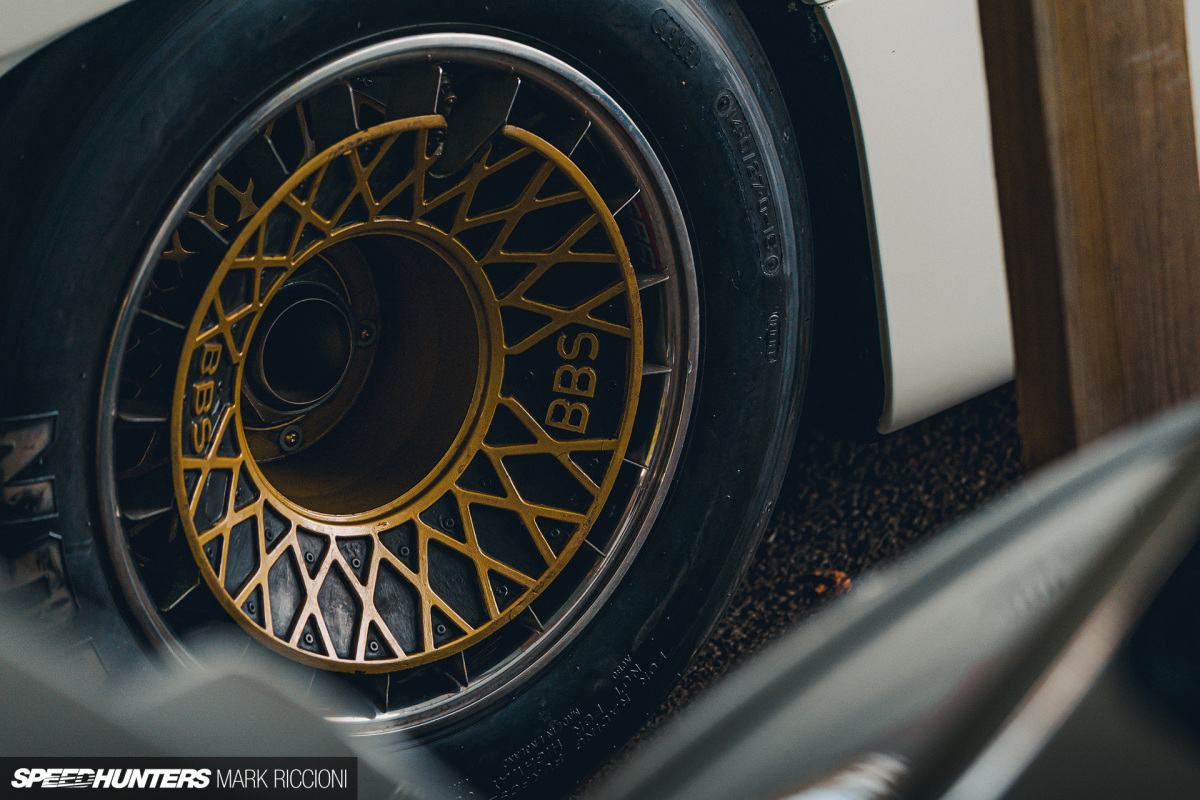
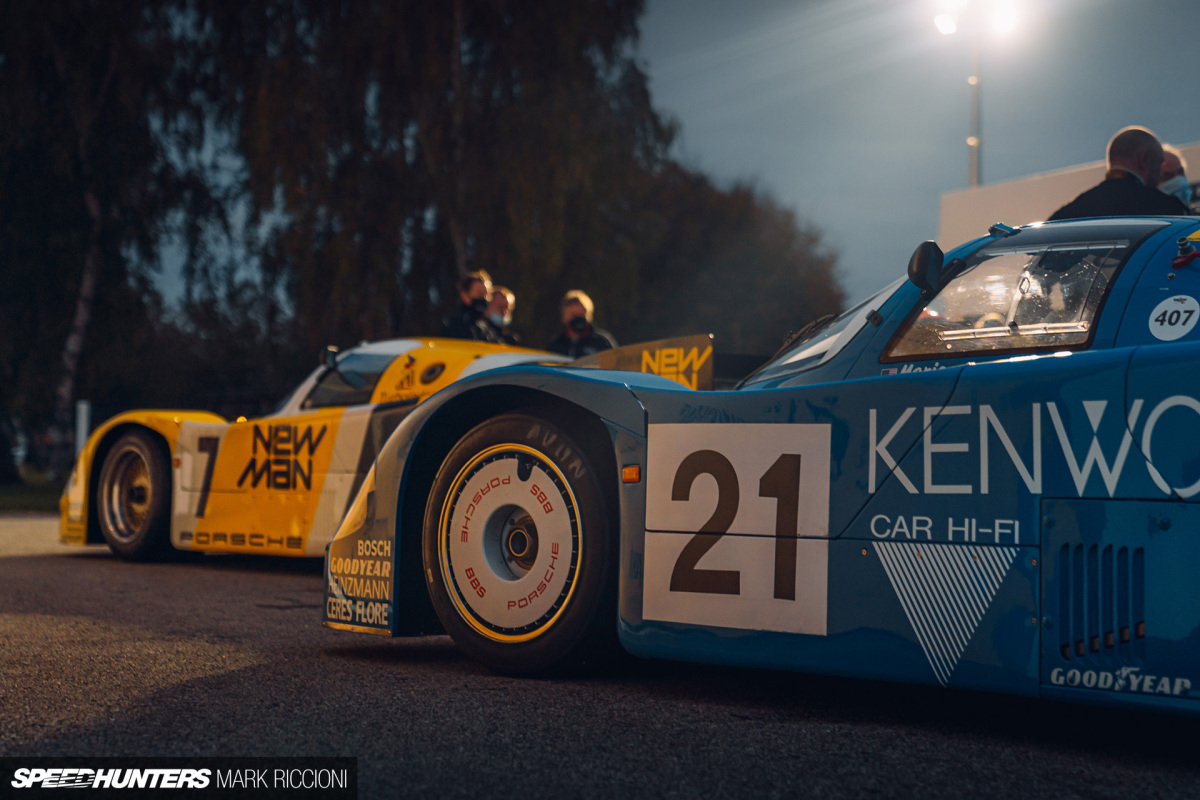
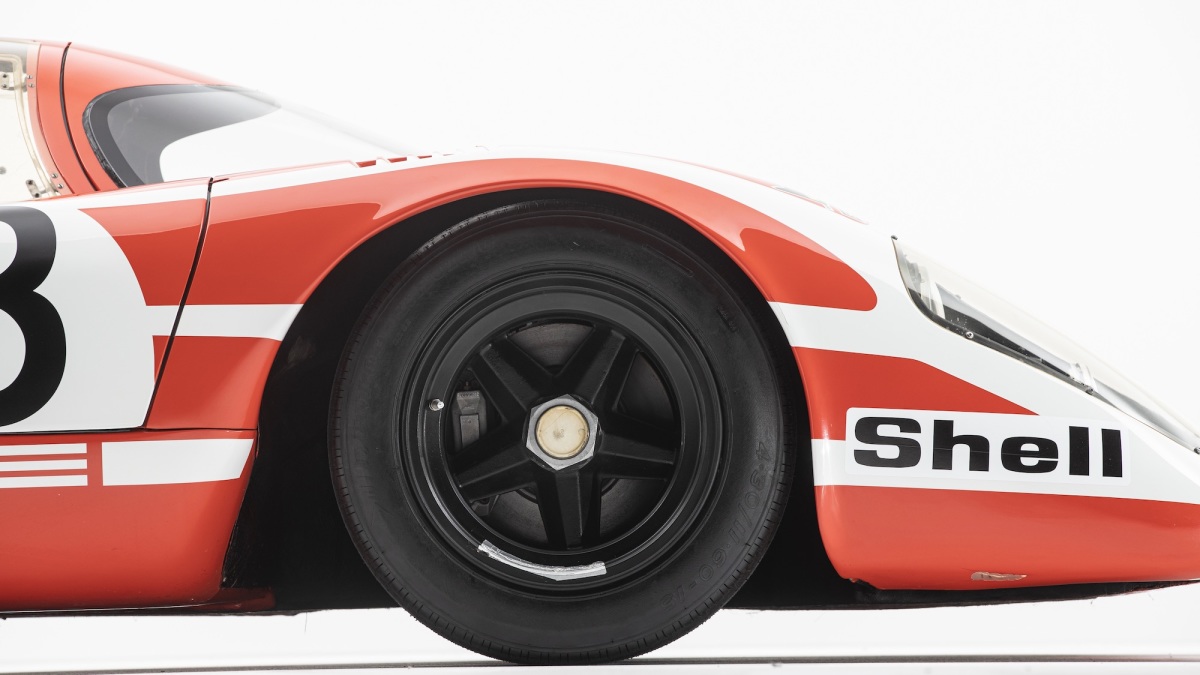
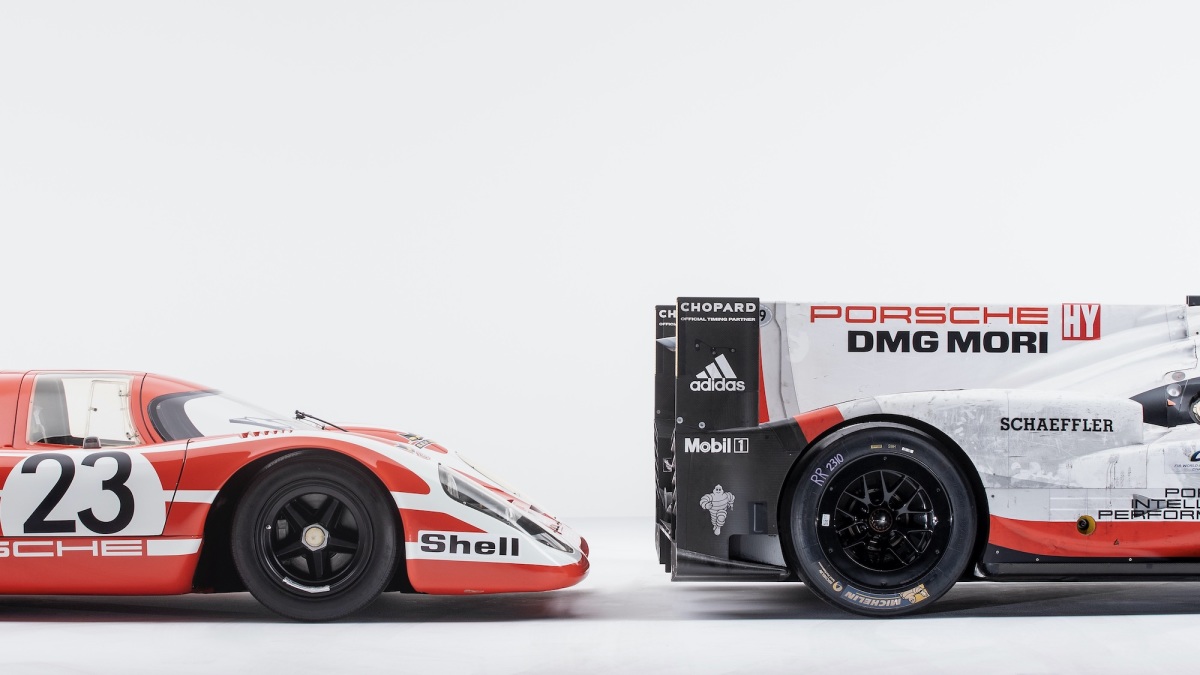





who tryna follow me on instagram lmao is @eerrooss5769 lets talk abt cars bro
great article! really enjoyed the read!
I'm surprised no one talked about how Porsche lucked to their 2016 victory. Lol!
the race is against the clock and distance not against other cars. porsche went 24hours the others didnt. you'd probably be happier with stock car racing.
Sir Porsche built the 919 to run 24 hours and the guys at cologne Germany ran the Toyota's to lean and hurt the engines just to be able to out run the 919 at qualifying and fell short.
Will,
Great article! Incredible photos and history of Porsche. I am a Porsche "fanatic." I love Porsche to life! The 917 was an incredible car. 240MPH in 1970? F1 cars now don't go that fast! And they're fast. Wish I could've seen some of those races back in the day. Loud and rowdy. Forget Ferrari and Ford. Porsche rules forever!
Modern F1 cars could do 240 also, but car design philosophy has changed. Pre Mulsanne chicanes, cars were designed with outright speed in mind. Now the most efficient way to get around a track is mucho downforce.
It's definitely in their heritage you can see that in Porsche
Don't forget about the 918 which was another tribute to their racing heritage for cars like the 917K like the Carrera GT
Can't wait for Porsche to make another hypercar!
They don't come much prettier than the 917 KH....
Great article Will - thank you!
Fun fact. When John Wyer's team started testing the 917 prior to the 1970 season, mosquitoes, or some similar bug, were a problem at the test track they were using.
When the 917 was in the pits, they noticed that dead bugs were all over parts of the tail, but not above a certain point. They ascertained that the air was not hitting the tail making it useless.
So the boys started making a new tail out of scrap material to get the tail up into the air and formed the short tail you see. The car was immediately more stable and the 917k was born that day.
Fantastic photos of beautiful cars. Awesome article.